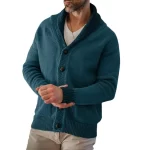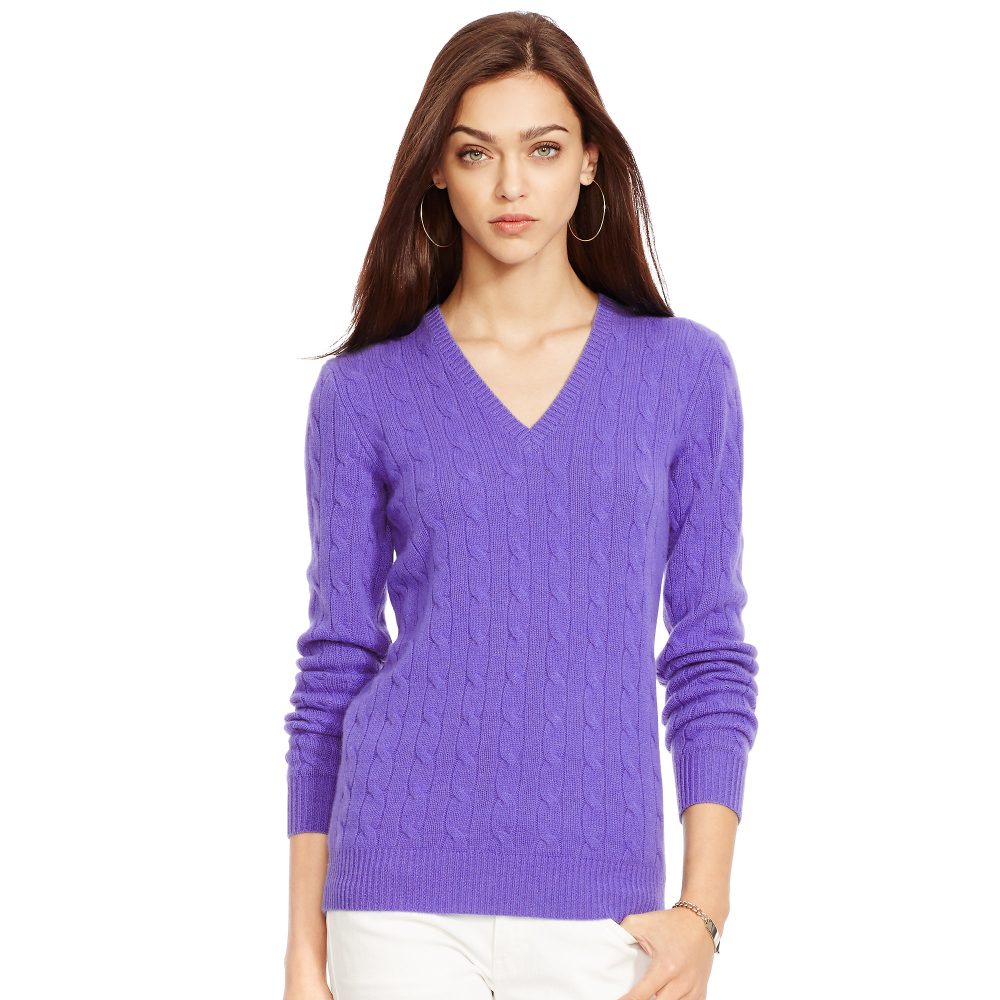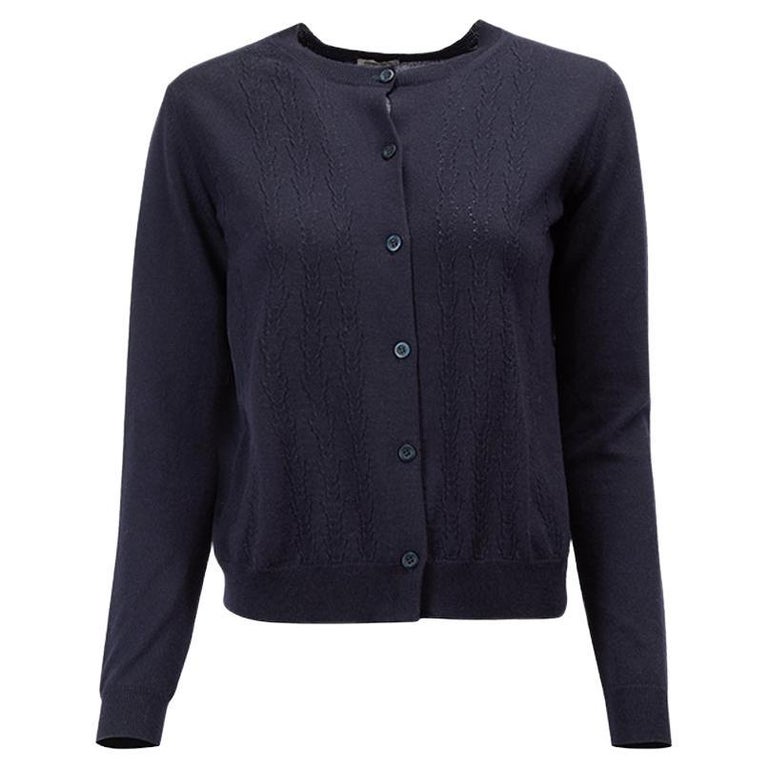The Benefits of Compression Socks
Compression socks are not just a fashion statement; they have real health benefits. Here’s why you should consider them:
Improved Circulation
These socks gently squeeze your legs. This helps move blood up your legs and prevents swelling. It boosts circulation, which is vital for good health.
Reduced Swelling
Sitting or standing all day can cause ankles to swell. Compression socks help reduce this unsightly and uncomfortable problem.
Less Fatigue
When blood flows better, your legs feel less tired. Wear compression socks, and you might notice you can stay on your feet longer without discomfort.
Support During Exercise
For those who work out, compression socks can aid in muscle recovery. They minimize muscle soreness and could help you get back to the gym faster.
Helps Prevent Vein Issues
Regular wear of compression socks can slow down the development of spider veins and varicose veins. For those with vein problems, they are a must-have.
Lower Risk of Blood Clots
One serious benefit is their ability to help prevent deep vein thrombosis. This dangerous condition includes the formation of blood clots, which the socks can help avoid.
To reap these benefits, it’s important to understand when should you wear compression socks. Timing matters for maximum effectiveness. The following sections will guide you through the optimal times to don these helpful garments.
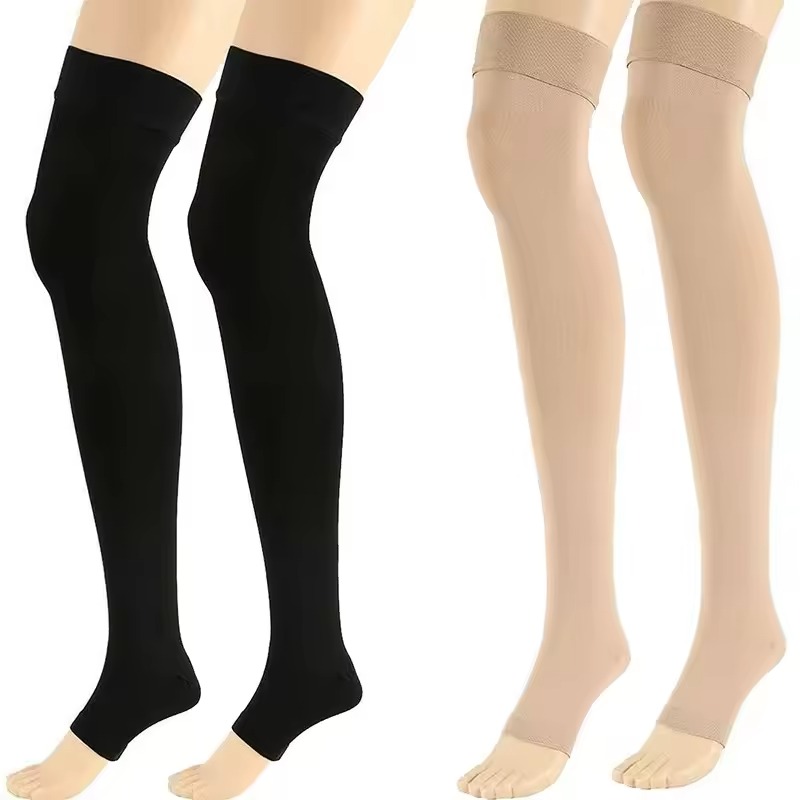
Optimal Times to Wear Compression Socks
Knowing when should you wear compression socks, enhances their benefits. Let’s explore the best times to slip them on.
During Workouts
Compression socks shine during exercise. They boost circulation and support muscles, leading to improved performance and reduced soreness afterwards. Whether you’re running, cycling, or lifting weights, wearing them can help you work out better and recover quicker.
For Travelers
Long flights or car rides? These are perfect moments for compression socks. They keep blood flowing in your legs, cutting the risk of clots and swelling that often come with extended sitting.
Post Surgery Recovery
Doctors often recommend compression socks after surgery. They help protect against clots when you’re less active. Always follow your doctor’s advice on when and how long to wear them post-surgery.
During Pregnancy
Expecting moms can benefit greatly. Compression socks minimize swelling and support blood flow, which can be a huge relief for pregnant women experiencing leg discomfort.
For Varicose Veins
If you have varicose veins, wearing compression socks can help. They reduce pain and swelling associated with vein issues by improving blood flow in your legs.
While Standing or Sitting for Long Periods
For those on their feet a lot, like nurses, or in a chair all day, like office workers, these socks are a boon. They help prevent leg fatigue and swelling, keeping you comfortable on the job.
How Long Should You Wear Compression Socks Each Day?
The duration for wearing compression socks can vary based on individual needs and activities. Generally, for best results, you should wear them for a significant part of your day. However, it’s essential not to overdo it; listen to your body. Here’s a quick guide to help you decide how long to keep them on:
For Daily Use
If you wear compression socks for daily support, aim for about 6 to 8 hours. This timeframe works well for office workers or those on their feet a lot.
During Exercise
During workouts, wear compression socks throughout your routine. Continue wearing them for a short period post-exercise to aid recovery.
On Long Trips
For long travel sessions, wear compression socks from the start to the end of your journey. They help prevent blood clots and reduce discomfort.
Post-Surgery
Follow your doctor’s advice for post-surgery wear. This often means wearing socks around the clock for several days.
For Pregnant Women
Expectant mothers may wear them from morning to evening. This will help manage swelling and improve circulation throughout the day.
Always take off your compression socks before bedtime unless advised otherwise by a healthcare provider. Make sure you’re not experiencing discomfort such as pinching or numbness while wearing them. If so, consult a professional to ensure a proper fit. Remember that each person might have unique recommendations based on their condition, so it’s wise to speak with a healthcare professional for personalized advice on when should you wear compression sock.
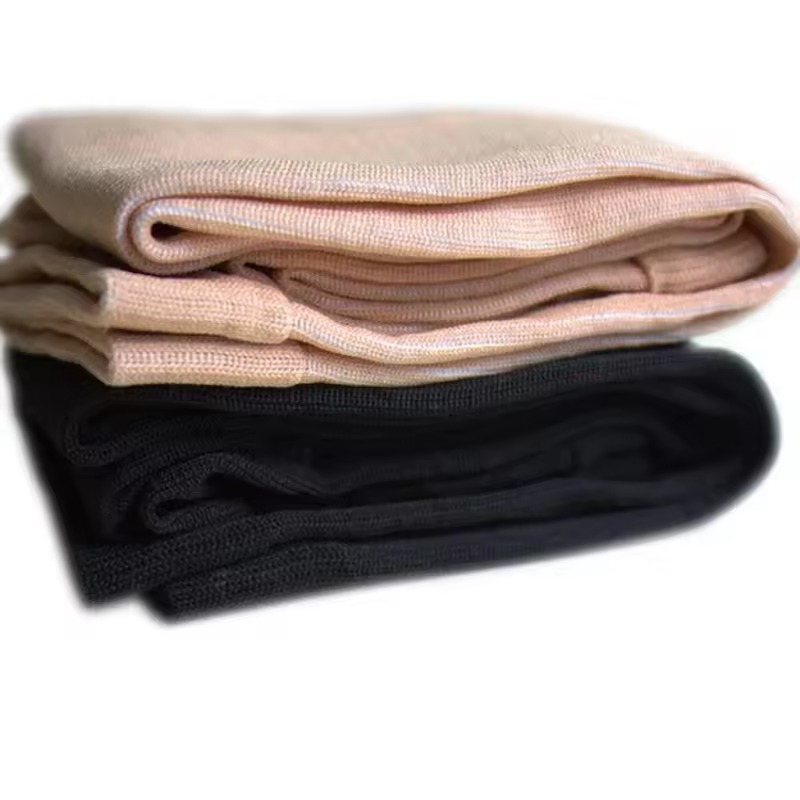
Choosing the Right Compression Socks
When it comes to compression socks, selection matters as much as timing. The right pair will maximize benefits while ensuring comfort. Let’s delve into how to choose the ideal compression socks for you.
Material and Fit
Select materials that wick away moisture to keep feet dry. This is vital for comfort, especially during long periods of use. The fit of your compression sock is crucial. They should feel snug but not too tight. A proper fit helps circulation without causing discomfort. If they leave marks or cause pain, they are too tight.
Look for a blend of spandex, nylon, cotton, or wool. These materials offer a good balance of elasticity and breathability. They should conform to your legs without bunching up or sliding down.
Compression Level
Compression levels are measured in mmHg (millimeters of mercury). Light compression ranges from 15-20 mmHg, moderate from 20-30 mmHg, and firm above 30 mmHg. Choose a level suited to your needs. For general use, a mild to moderate level often works best.
If you have particular vein issues or post-surgery needs, consult a healthcare professional. They can recommend the right compression level.
Sock Length
Compression socks come in various lengths—knee-high, thigh-high, and pantyhose-style. Knee-highs are great for frequent standing or sitting. Thigh-highs and pantyhose-style offer more coverage, which can be helpful during pregnancy or for more severe vein issues.
Consider when and why you will wear them when selecting length. For many, knee-high socks offer a comfortable balance between effectiveness and ease of wear.
Properly chosen compression socks can enhance circulation, prevent swelling, and aid in recovery. Keep material, compression level, and sock length in mind. Remember, the right pair can make a significant difference in your comfort and health.
How to Properly Wear and Care for Compression Socks
Proper usage and care are key to maximizing the benefits of compression socks. Here’s how to do it right.
Putting On Your Compression Socks
Start by sitting in a comfortable position. Make sure your skin is dry. Turn the sock inside out to the heel. Slip your foot in and gently pull the sock up your leg. Adjust it so that it sits smoothly without wrinkles.
The Right Way to Take Them Off
Remove your compression socks with care. Do not roll or yank them off. Instead, gently fold them down from the top. Once you reach the ankle, pull them off over your foot.
Daily Maintenance Tips
Keep your socks in top shape with daily care. Hand wash them in mild soap and cool water. Avoid wringing them out. Dry them by laying them flat. This keeps the shape and avoids stretching.
When to Replace Your Compression Socks
Wear and tear can reduce compression effectiveness. Look for signs of wear like thinning or holes. Replace your socks every three to six months for best performance.
By following these tips, you ensure your compression sock work well for you. This leads to better comfort and health benefits. Always remember to wear them correctly and treat them with care.
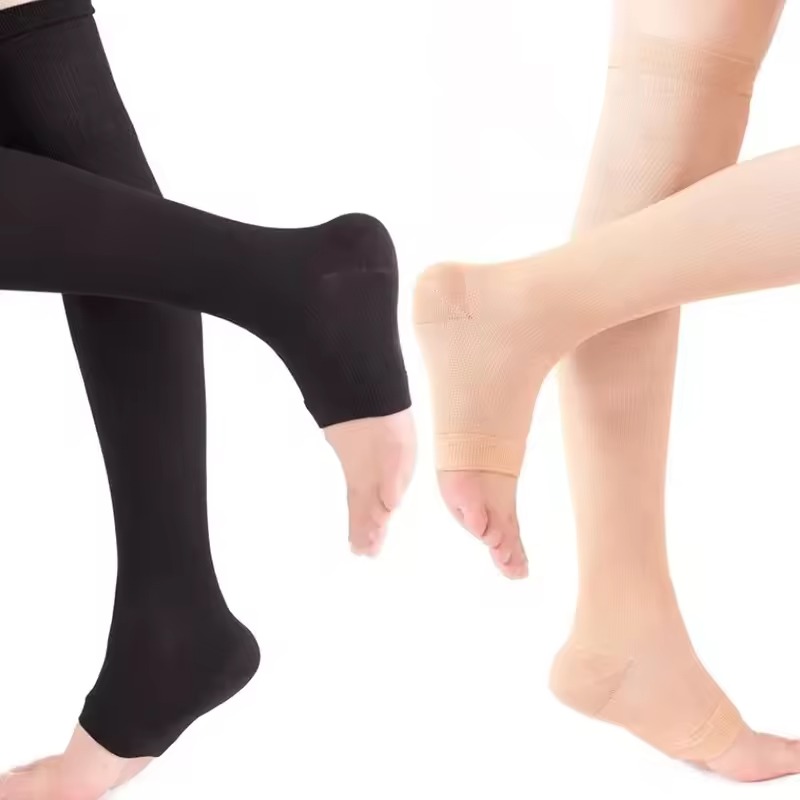
Potential Side Effects and When to Avoid Compression Socks
While compression sock offer numerous benefits, it’s also vital to be aware of potential side effects. Understanding these can help you avoid discomfort and promote better health outcomes.
Be Cognizant of Discomfort
If you notice discomfort, pinching, or numbness, your socks might be too tight. Always ensure a snug, but comfortable fit to avoid these issues.
Pay Attention to Skin Changes
Watch for any skin changes such as irritation, redness, or rashes. These could signal an allergy to the sock material or a need for better moisture control.
Monitor for Increased Pain
Though compression sock aim to reduce pain, they may sometimes exacerbate it. If pain in your legs worsens, consult with a healthcare professional.
Check with a Professional if You Have Severe Vascular Diseases
Patients with severe peripheral arterial disease should avoid compression socks. These conditions can be aggravated by the extra pressure.
Avoid Wearing if Not Recommended
Do not wear compression sock if a healthcare provider advises against it in your specific case. Their recommendation might be due to an underlying health concern.
Remember, while compression socks are beneficial for many, they’re not suitable for everyone. Always seek personalized advice from a health professional to determine when should you wear compression sock and when to steer clear of them for safety.
Common Misconceptions About Compression Socks
When discussing when should you wear compression sock, it’s crucial to address common myths. Misunderstandings can deter people from using them correctly. Let’s clear up some misconceptions:
They’re Only for the Elderly
Many believe compression socks are just for older adults. Not true. People of all ages can benefit, especially those who exercise, travel, or have specific medical conditions.
They Are Uncomfortable and Ugly
Modern compression socks come in various styles and colors. With the right fit and material, they’re both comfy and fashionable.
Only Those with Severe Leg Problems Need Them
Not the case. Even without severe issues, compression sock can prevent problems and offer comfort during long periods of standing or sitting.
Compression Sock Can Replace Medication
They are a beneficial tool, but they don’t substitute medical treatment. Always follow your doctor’s advice on treatment plans.
Wearing Them All Day Is Better
Wearing compression sock too long can be harmful. They should be worn for appropriate durations, as per the activity or medical advice.
By busting these myths, we help more people understand the real benefits of compression sock. This, in turn, encourages proper use for healthier legs and lifestyle. Remember that when should you wear compression sock is just as important as choosing and using them right.





